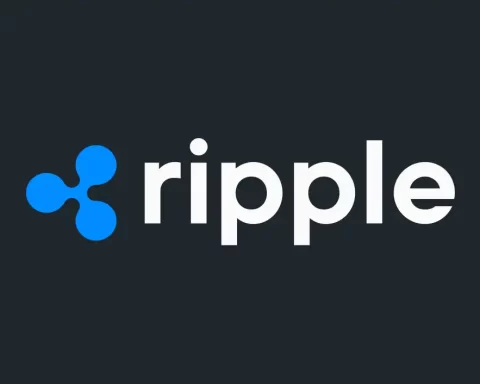Binance, the prominent cryptocurrency exchange, recently disclosed its latest proof-of-reserves (PoRs) on August 1, showcasing transparency in its crypto holdings.
However, a significant development in its USD Coin (USDC) reserves raised eyebrows and sparked discussions on X (formerly Twitter).
Despite concerns, the recent reserve audit indicated that Binance holds an ample amount of cryptocurrency and cash to cover user funds.
The snapshot revealed that Binance’s net balances exceed 100% of its customers’ net balances for all assets, indicating a healthy financial situation.
Yet, the focus of discussions revolved around the movements in Binance’s USDC reserves after the collapse of Silvergate and the depegging of the stablecoin.
The PoR highlighted a drastic decrease in Binance’s USDC balance from $3.4 billion on March 1 to $23.9 million by May 1.
It was revealed that Binance initiated the internal conversion of customers’ USDC to Binance USD in September.
However, during that time, the exchange still held a significant amount of USDC in its reserves.
On-chain data pointed out that following Silvergate’s collapse on March 12, Binance swiftly converted its USDC reserves into Bitcoin (BTC) and Ether (ETH).
According to Twitter on-chain analyst Aleksandar Djakovic, Binance acquired approximately 100,000 BTC and 550,000 ETH between March 12 and May 1, amounting to around $3.5 billion, which coincided with the surplus of USDC in their reserves.
Despite queries from Cointelegraph, Binance remained unresponsive at the time of reporting, leaving the crypto community pondering the significance of these USDC reserve movements.
Coinbase CEO Brian Armstrong’s remark during the company’s Q2 earnings call meeting added to the intrigue.
Armstrong quipped that Binance had sold USDC for another stablecoin, further fueling discussions around the issue.
Proof-of-reserves (PoRs) have emerged as a popular method for crypto exchanges to demonstrate their holdings transparently to the public.
This approach gained traction after the collapse of FTX crypto exchange, raising calls for increased transparency in the crypto ecosystem.
The downfall of FTX in November 2022 had shaken the industry, with founders initially claiming a sound financial situation before its collapse.
In conclusion, Binance’s recent proof-of-reserves revealed a healthy financial situation overall, but the movements in its USDC reserves after Silvergate’s collapse became a focal point of discussion.
The crypto community emphasized the importance of transparency in the aftermath of the FTX debacle, prompting exchanges to disclose their holdings openly through PoRs.
Other Stories:
2024 Presidential Candidates’ Mixed Views on Crypto
Chamber of Digital Commerce Releases Report on SEC vs Ripple Ruling
Digital Currency Group Faces Regulatory Scrutiny Over Transactions with Genesis Global Capital




